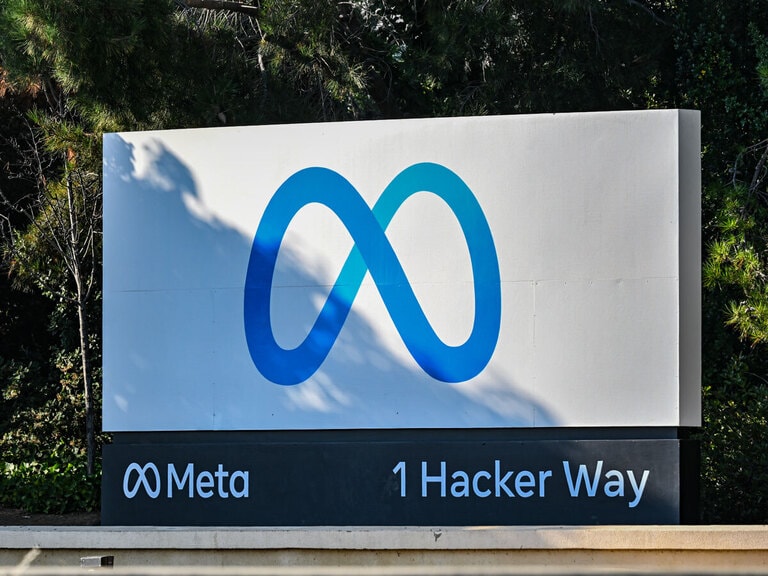Uber’s [UBER] share price and Lyft’s [LYFT] share price have had mixed fortunes this year. The coronavirus has seen a marked decrease in revenue for both companies, which has only added to concerns about long-term profitability.
Uber’s share price has fared better than Lyft's share price thanks to its food delivery service, which has provided some protection from the drop off in ride numbers. Since the start of the year, Uber’s share price has gained over 15%, and more than 50% since 23 March. Lyft’s share price, however, has tanked around 44% this year.
Now the two ride hailing companies are coming up to a pivotal moment for the long-term viability of their businesses. November sees voters in California decide the thorny issue of whether ‘gig’ drivers should be classified as employees. The outcome of this vote has the potential to significantly move Uber’s share price and Lyft’s share price.
Why California could move Uber’s and Lyft’s share price
Uber and Lyft, along with DoorDash, InstaCart and Postmates, are fighting a Californian state law that seeks to reclassify ride-share and food delivery drivers as employees. Known as Assembly Bill 5, the law expands protections to gig workers by reclassifying them as employees, including making them eligible for health insurance, sick leave and minimum wage.
So far, Uber and Lyft have resisted the bill since it was implemented at the start of the year. A close shave came in early August when a judge ruled that Uber and Lyft had to reclassify their drivers as employees immediately — a decision narrowly avoided by a last-minute appeal.
Now Uber, Lyft and the other gig companies want voters to exempt them from the law by way of Proposition 22 on election day, 3 November. Proposition 22 seeks to clarify some of the language around gig workers’ rights, while also offering some additional benefits, such as a health care stipend. However, these benefits would still mark a reduction on those offered as part of Assembly Bill 5.
Uber argues that the state’s law would see the number of active drivers drop by 75% because it would only be able to hire a fraction of its 200,000 drivers. Other arguments against Assembly Bill 5 include claims the law would deny drivers flexibility and the chance to work on other platforms. Dara Khosrowshahi, Uber’s CEO, said on Tuesday at The Wall Street Journal’s annual Tech Live conference that the law as it stands would result in customers paying between 25% and 100% more for a ride.
“We are looking at all our options. We will do our best to operate in California… Where in California we will operate is a question mark, and the size and scale of business will be a big question mark,” Khosrowshahi said at the conference.
“We are looking at all our options. We will do our best to operate in California… Where in California we will operate is a question mark, and the size and scale of business will be a big question mark” - Dara Khosrowshahi, Uber CEO
What do Uber and Lyft’s earnings reveal?
Uber’s and Lyft’s legal wrangles come at a time when both are struggling with the effects of the coronavirus. Nowhere is this more apparent than in their respective earnings reports. For the second quarter, Uber’s revenue declined 29% compared to the same period last year. Breaking this down, its mobility division saw a 67% decline in revenue along with a 73% drop in gross bookings as people were less inclined to travel. Conversely, its delivery revenue increased 103% as people couldn’t go out to dine.
Lyft’s second quarter revenue also took a battering, falling 61% in the second quarter compared to the same period last year. Adjusted net loss of $265.8m was up from the previous year’s $197.3m adjusted net loss. However, an $0.86 loss per share beat Wall Street expectations of a $0.99 loss per share.
$265.8million
Lyft's adjusted net loss in Q2
Any post-earnings bounce Lyft received from topping analyst expectations was short-lived, as the company said it would have to stop operations in California at the end of August. While this didn’t come to pass, it gives an indication of how sensitive Lyft’s share price is to events in California, with the state making up 16% of all rides. Uber is slightly less exposed. According to Reuters, California represents 9% of global Uber rides, but a negligible amount of adjusted earnings.
Where next for Uber and Lyft’s share price?
If voters vote Yes on Proposition 22, both Uber’s share price and Lyft’s share price could gain as a threat to their business model is removed. A No vote would likely see both stocks take a hit. While both Uber and Lyft have threatened to leave California in the event of such an outcome, it’s more likely that the companies would have to significantly rethink their business models owing to the danger that California’s law is adopted in other states.
Still, even if Proposition 22 is voted down, the decision can be appealed in higher courts — a process that could drag on for at least a couple of years.
Along with the vote on Proposition 22, the next big event for both Uber’s share price and Lyft’s share price will be third quarter earnings next month. Uber will release third quarter earnings on 5 November, with Wall Street expecting a loss of $0.65 a share, an improvement on the $0.68 loss a share seen last year. Lyft’s earnings follow on 10 November, with expectations of a $0.92 loss per share, an improvement on the $1.57 loss per share seen in the same quarter last year.
Disclaimer Past performance is not a reliable indicator of future results.
CMC Markets is an execution-only service provider. The material (whether or not it states any opinions) is for general information purposes only, and does not take into account your personal circumstances or objectives. Nothing in this material is (or should be considered to be) financial, investment or other advice on which reliance should be placed. No opinion given in the material constitutes a recommendation by CMC Markets or the author that any particular investment, security, transaction or investment strategy is suitable for any specific person.
The material has not been prepared in accordance with legal requirements designed to promote the independence of investment research. Although we are not specifically prevented from dealing before providing this material, we do not seek to take advantage of the material prior to its dissemination.
CMC Markets does not endorse or offer opinion on the trading strategies used by the author. Their trading strategies do not guarantee any return and CMC Markets shall not be held responsible for any loss that you may incur, either directly or indirectly, arising from any investment based on any information contained herein.
*Tax treatment depends on individual circumstances and can change or may differ in a jurisdiction other than the UK.
Continue reading for FREE
- Includes free newsletter updates, unsubscribe anytime. Privacy policy





